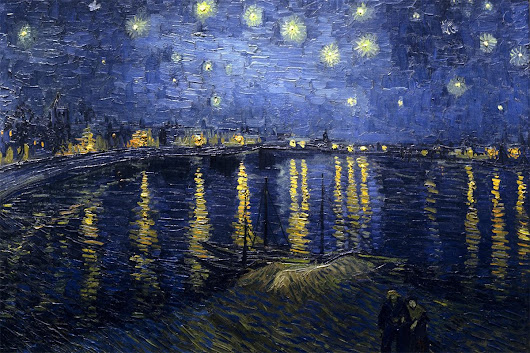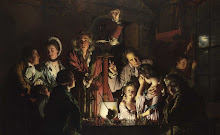The Great Depression and its influence on Early Modern Art during the Great Depression

I turn 43 next month, and I often reflect on my life and the people who have shaped me into the person I am today. My grandma Ruth has had the biggest impact on my life. The lessons she taught me have greatly influenced who I am. Those lessons have not only turned me into a man but also a gentleman. She was like a walking storybook. I would sit and listen to her stories, captivated by her musical pieces played on the organ in the second living room—a space reserved for entertaining guests. Born in 1922 in Maine to farmer parents, she was just a little girl when the Great Depression hit. She recounted how her family was fortunate to have crops to feed themselves. They worked tirelessly in the fields to ensure there was enough food for their table, to sell to the surrounding communities, and to price it fairly, as many people couldn't afford to buy produce due to the lack of work. Often, food was exchanged for help on the farm. While it didn't pay a...

